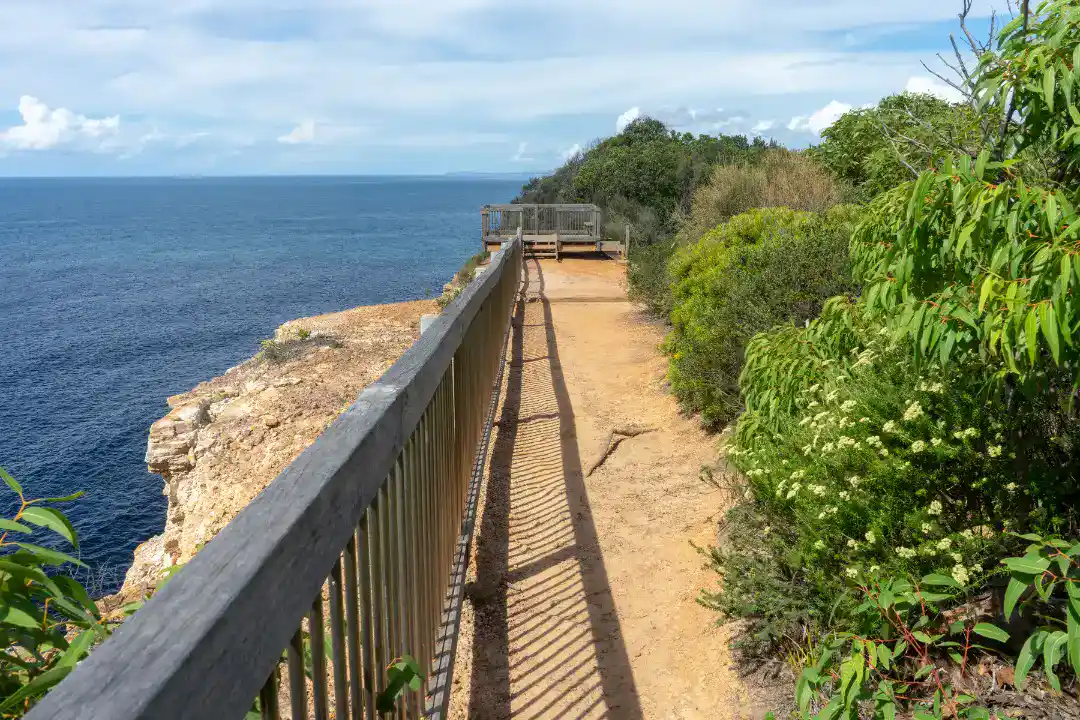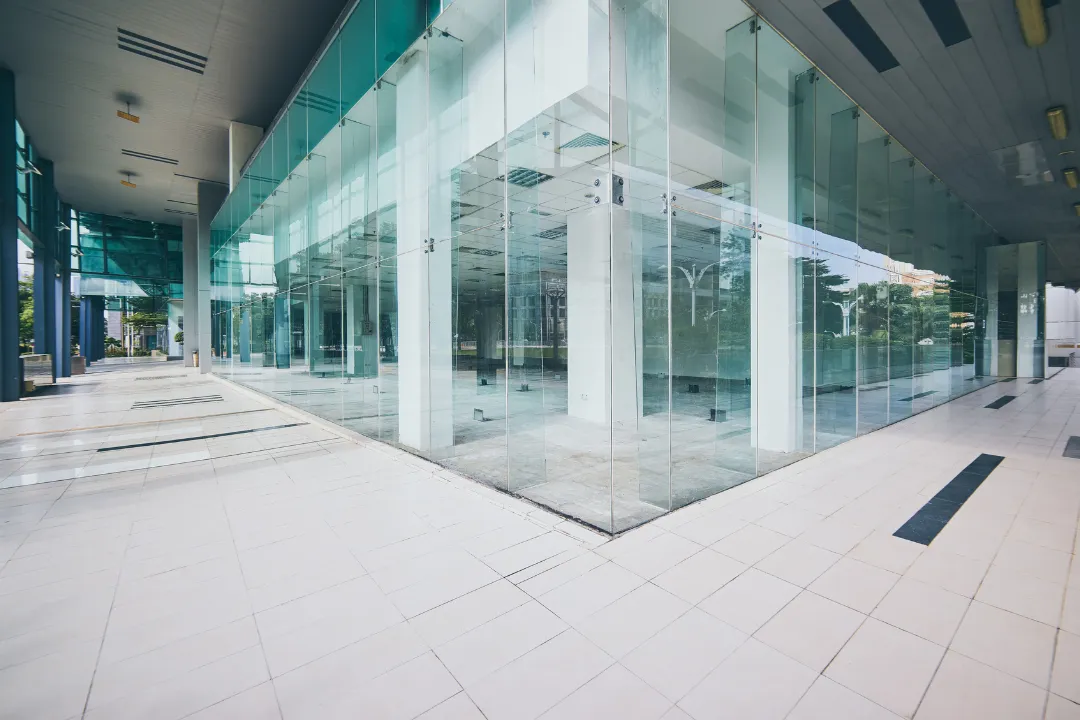
You know when people talk about investing and someone throws out, “This place has a great rental yield”?
Sounds impressive, right?
But if you’re thinking about buying an investment property, you’ve got to know what that actually means and what it doesn’t.
Rental yield on residential property is basically how much rent you’re pulling in compared to what the place is worth. It gives you a quick way to size up a property’s income potential.
But here’s the catch:
A high yield doesn’t always mean a great investment, and chasing the biggest number can sometimes send you down the wrong path.
We’ll clear up what yield really tells you, how to calculate it properly, how to improve it and how it fits into a smart investment strategy that actually works in the real world.
Gross vs Net Yield: What’s the Difference?
When people talk about yield, they usually mean one of two things: gross yield or net yield.
Gross yield is simple. Take the total annual rent, divide it by the property’s value, and multiply by 100.
Formula
Gross Yield (%) = (Annual Rental Income ÷ Property Value) × 100
Say you’re getting $500 a week in rent. That’s $26,000 a year. If the property’s worth $520,000:
That gives you 5%.
But gross yield doesn’t tell you what you’re actually pocketing.
That’s where net yield comes in.
It factors in running costs like council rates, insurance, maintenance and management fees. What’s left over gives you a much clearer picture of how the property is really performing.
If you’re treating property as a business, net yield is the number to pay attention to. It’s the one that reflects real returns, not just estimates on paper.
Over time, as rental prices go up and your original purchase price stays the same, your yield naturally improves. This is why yield isn’t static. It can get stronger as the market shifts.
Yield vs Cash Flow vs Positive Gearing: They’re Not the Same Thing
It’s easy to mix these up, and to be fair, they do sound pretty similar.
But yield, cash flow, and positive gearing are completely different things and getting them confused can lead to some costly mistakes.
Yield
Yield is just a percentage. It shows how much rental income a property generates compared to its value. It’s useful for comparing different properties quickly, but it doesn’t tell you what you actually take home.
Cash flow
Cash flow is what really lands in your bank account after all the bills are paid. If your rent covers your mortgage, rates, maintenance, insurance and everything else, and you’ve still got something left over each month, that’s positive cash flow. If you’re topping it up from your own pocket, it’s negative.
Positive Gearing
Then there’s positive gearing, which sounds like cash flow, but it’s a tax concept.
A property might be costing you money each month, but once you factor in depreciation and tax deductions, you end up with a refund at the end of the year. On paper, it looks like a win. In reality, you’re still losing money week to week.
That’s why it’s so important to know the difference.
High yield doesn’t guarantee positive cash flow, and positive gearing doesn’t mean the property is financially self-sufficient.
The Growth vs Yield Trade-off

Here’s something most investors figure out pretty quickly. The properties with the highest rental yields aren’t usually the ones that grow the most in value. And the ones with the best capital growth tend to have lower yields.
This is the classic trade-off.
Do you want strong cash flow now, or are you playing the long game for capital growth?
Let’s say you’ve got two properties.
One has a 4 per cent yield and grows at 7 per cent a year. The other has a 5 per cent yield but only grows at 4 per cent.
Over ten or twenty years, that small difference in growth adds up in a big way. You build more equity, which opens the door to buying more property or reducing debt.
You also see this play out depending on location.
In places like Sydney, prices are high and yields are tight, often under 3 per cent. But the long-term growth has been strong.
In regional areas, you’ll often find yields sitting around 4 to 5 per cent, but growth may be slower.
Neither option is right nor wrong. It just depends on your strategy, your financial position and where you’re at in your investing journey.
How to Improve Rental Yield
Boosting yield doesn’t always require a massive renovation. Small changes can make a real impact. Here are a few smart ways to lift your return:
- Upgrade high-impact areas
Kitchens and bathrooms drive rental value. Even minor updates like new tiles or fixtures can justify a higher rent. - Add bedrooms or bathrooms
If the layout allows for it, adding a room or an ensuite often increases rental income significantly. - Do the work yourself where you can
Sweat equity, like painting, landscaping or managing trades, can improve returns without overspending. - Consider a dual-income setup
A dual-occupancy property renting for $550 a week, with a granny flat earning $450, adds up to $1,000 weekly. That’s $52,000 a year. On a property worth around $950,000, that pushes your gross yield above 5 per cent. - Keep the property well-maintained
Well-kept homes attract long-term tenants and reduce vacancy, which protects your income stream.
Just be careful not to overcapitalise. Improvements should add rental value, not just look nice.
Building a Balanced Investment Strategy
The right strategy depends on your goals and where you are financially.
Early on, investors often focus on growth properties to build equity. Later, higher-yielding properties can offer more stability and income.
Many investors find that a hybrid approach works best.
That’s how I built my portfolio. I started with a property in a strong growth area. Once it went up in value, I used the equity to buy dual-income properties that delivered better cash flow. That gave me balance — I could hold the properties without pressure and still grow my net worth.
The important part is knowing what stage you’re at and what kind of property suits your needs. And like any business, it pays to keep track of your numbers and reassess regularly.
No matter what your strategy is, choosing the right location is just as important as choosing the right property. Growth potential, tenant demand and local infrastructure all play a role in how your investment performs.
What’s Your Next Move as a Property Investor?
There’s no perfect strategy that suits everyone. Some people chase cash flow. Others focus on long-term growth. Most find a middle ground that gives them both stability and upside.
Rental yield on residential property is a big part of that equation, but it’s only one piece. The key is knowing how to use it in context, not in isolation.
If you’re ready to get more out of your property journey, I’m happy to help. Book a free consultation, and we can discuss your goals and explore how to make your next move a smart one.





